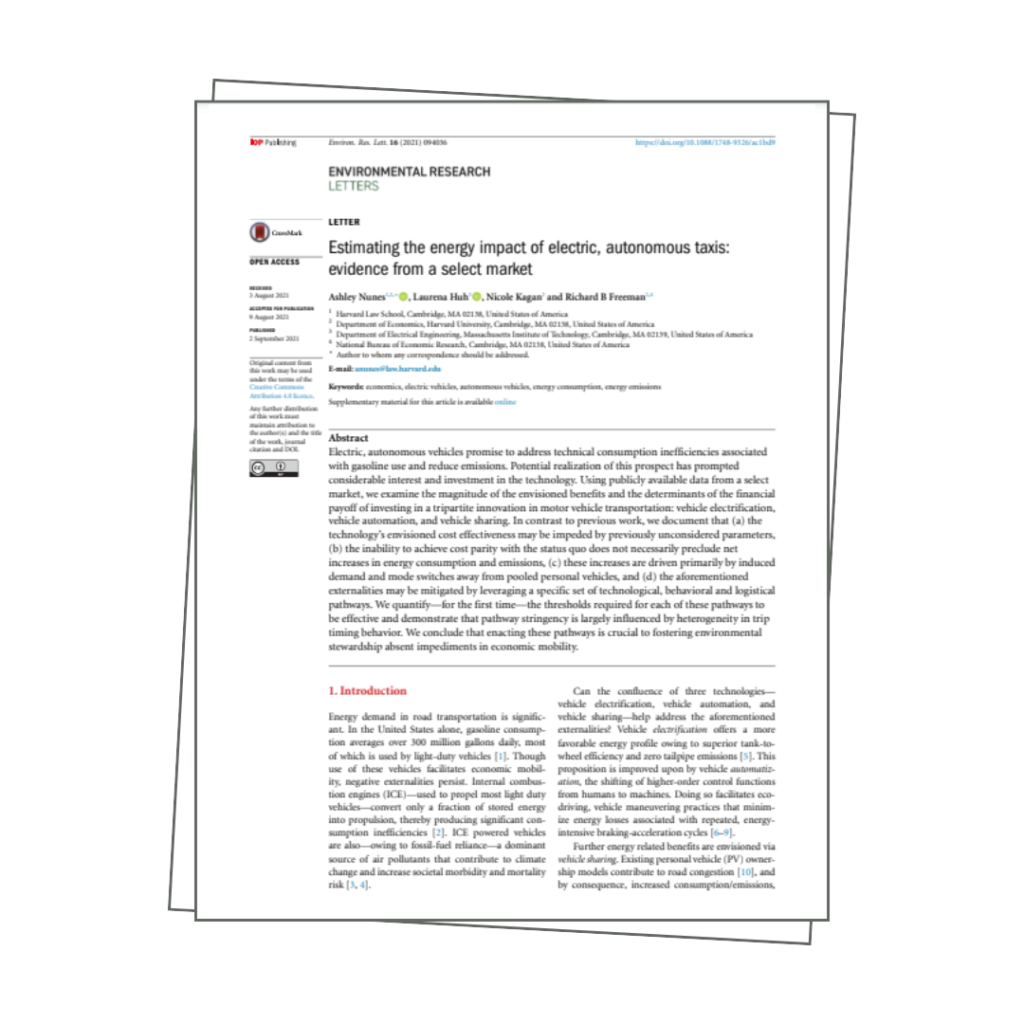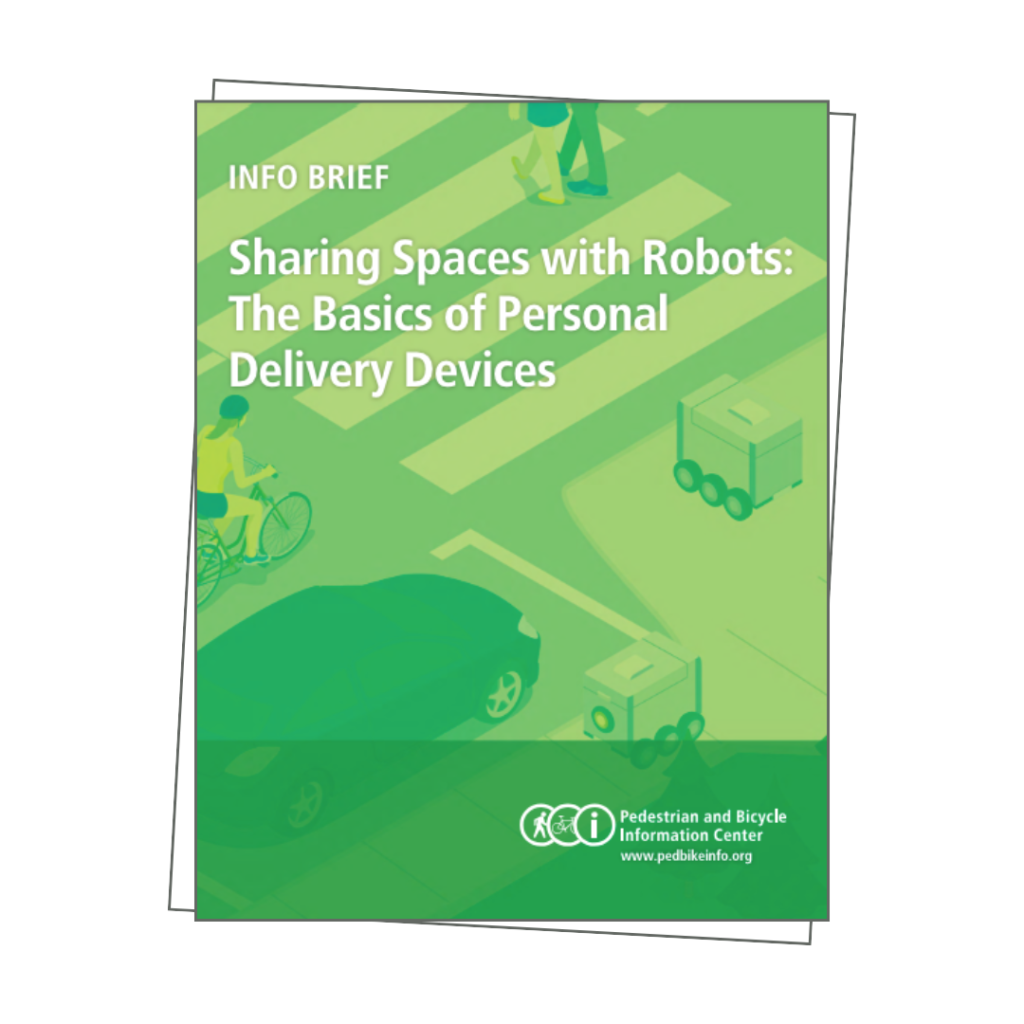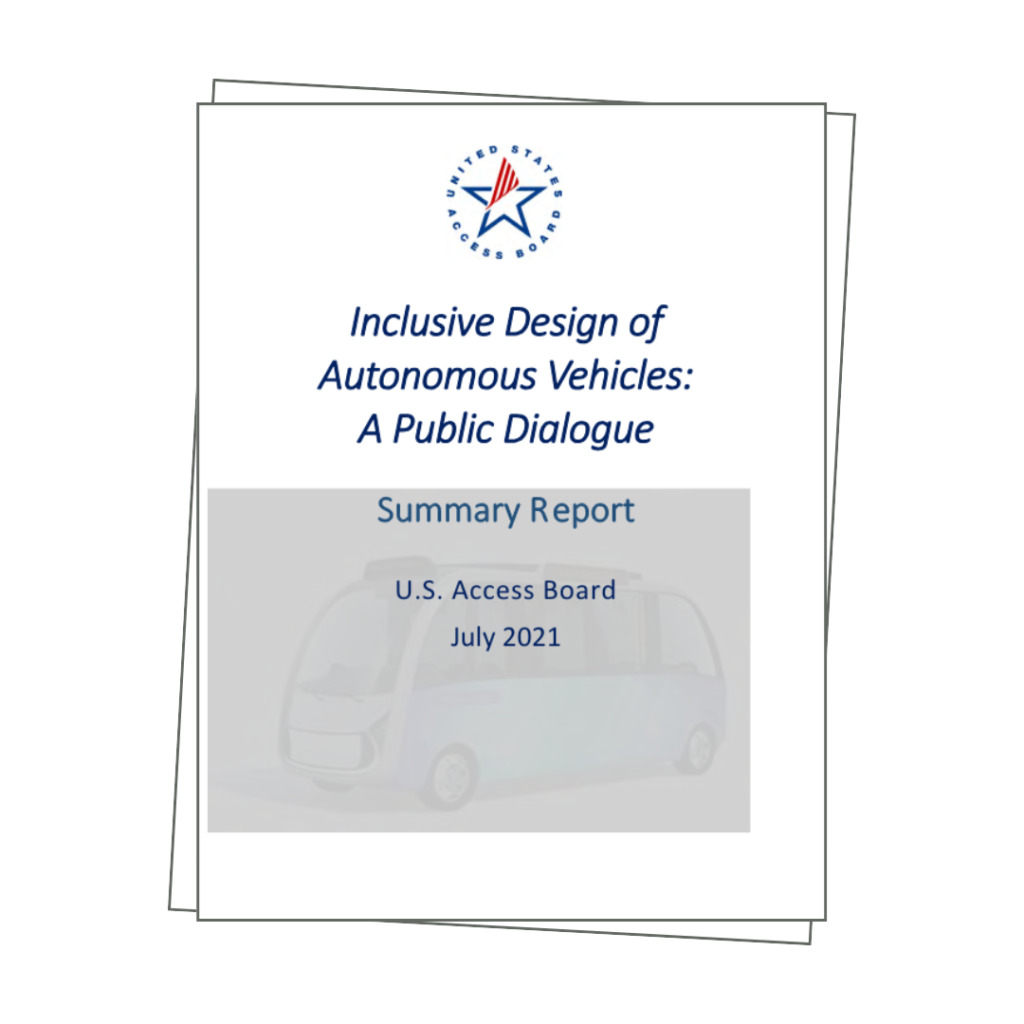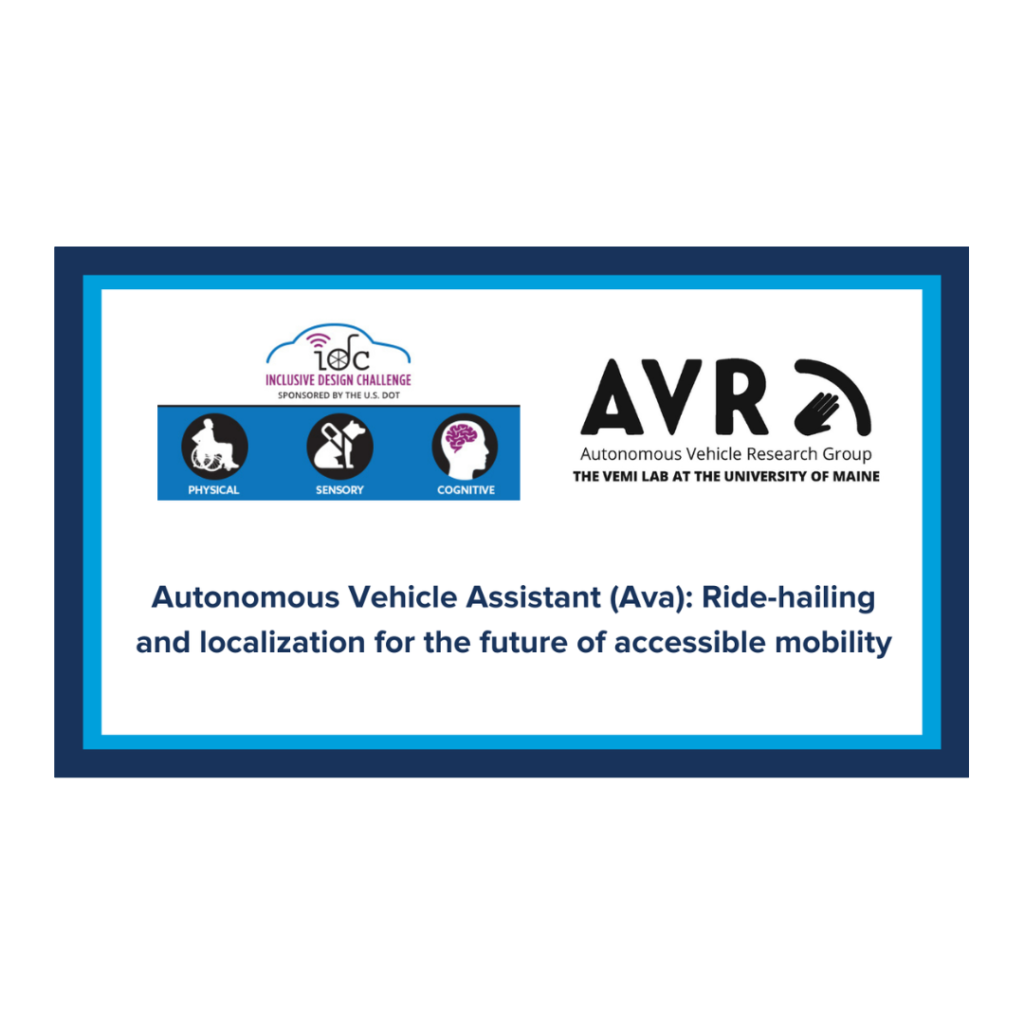Rejecting acceptance: learning from public dialogue on self-driving vehicles

The investment and excitement surrounding self-driving vehicles are huge. We know from earlier transport innovations that technological transitions can reshape lives, livelihoods, and places in profound ways. There is therefore a case for wide democratic debate, but how should this take place? In this paper, we explore the tensions between democratic experiments and technological ones […]
Advanced driver assistance systems crash reduction rates

Source: Freightwaves
Estimating the energy impact of electric, autonomous taxis: evidence from a select market

Electric, autonomous vehicles promise to address technical consumption inefficiencies associated with gasoline use and reduce emissions. Potential realization of this prospect has prompted considerable interest and investment in the technology. Using publicly available data from a select market, we examine the magnitude of the envisioned benefits and the determinants of the financial payoff of investing […]
Sharing Spaces with Robots: The Basics of Personal Delivery Devices

Innovations in autonomous technologies are making it possible for companies to introduce robotic vehicles into an increasing number of new environments. This is true for sidewalks and bike lanes in several states, where personal delivery devices (PDDs) are permitted to operate and deliver goods. This Pedestrian and Bicycle Information Center (PBIC) Information Brief clarifies terms […]
How Ground-Penetrating Radar Could Help Self-Driving Cars ‘See’ Better

First patented in the early 1900s, ground-penetrating radar has been used by geologists, archaeologists, and aeronautics engineers ever since. Notably, the Apollo 17 mission used a GPR to record depth information about the moon. GPR is not new technology, but it’s new to the application of advanced driver-assistance systems (ADAS). Some companies are betting on GPR to get […]
Open CDA (Cooperative Driving Automation)

Current autonomous driving simulation platforms that support scene rendering and traffic simulation mainly concentrate on single-vehicle intelligence; therefore, developing and testing Cooperative Driving Automation applications (e.g., cooperative perception, platooning, signalized intersection approach and departure) under a realistic simulated environment becomes difficult. OpenCDA is created to fill such gaps. Learn more here
Inclusive Design of Autonomous Vehicles: A Public Dialogue

The U.S. Access Board presented a series of virtual events entitled “Inclusive Design of Autonomous Vehicles: A Public Dialogue” in March and April 2021 for the purpose of exchanging facts and information about autonomous vehicle (AV) accessibility, and to hear thoughts from individuals on how to ensure that autonomous vehicles are accessible to and usable […]
The National Council on Aging (NCOA) and VWGoA release national survey results of older adults’ perceptions of self-driving ride hailing services

In 2015, more than 85% of adults aged 65-84 and nearly 70% of adults aged 85 and older were licensed to drive. In fact, the National Highway Traffic Safety Administration indicated a 33% increase in the number of licensed older drivers in the US between 2006 and 2015, with 47.8 million licensed older drivers in […]
Tech 101: Autonomous machinery

While the construction industry’s adoption of driverless equipment has been slow, the technology is beginning to make inroads with contractors. Construction Dive’s Tech 101 series provides quick, top-line information about emerging construction technology on topics such as digital twins, 5G networks and exoskeletons. Click here for the entire series. Read more here
Meet the Inclusive Design Challenge Semifinalists: University of Maine

Semifinalist Team: University of Maine Proposal Title: Autonomous Vehicle Assistant (Ava): Ride-hailing and localization for the future of accessible mobility Proposal Summary: This team will work to develop “Ava”, the Autonomous Vehicle Assistant, an innovative ride-hailing and localization smartphone application designed to seamlessly assist passengers with visual impairment and older adults during pre-journey planning, travel […]

